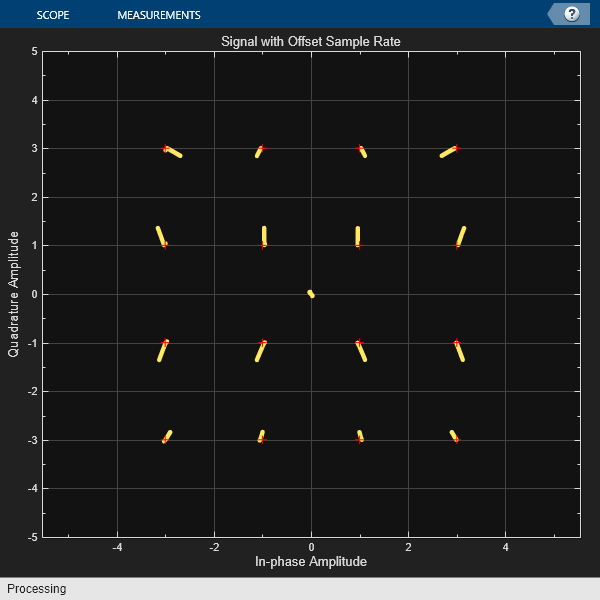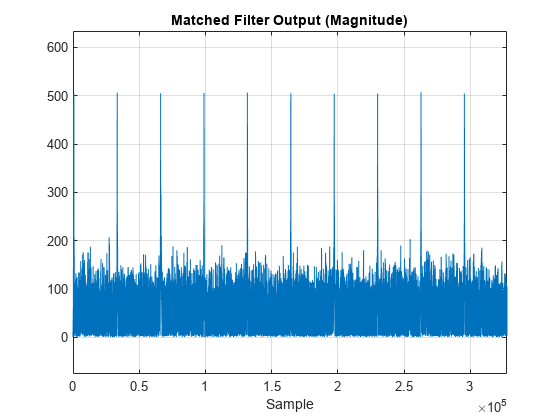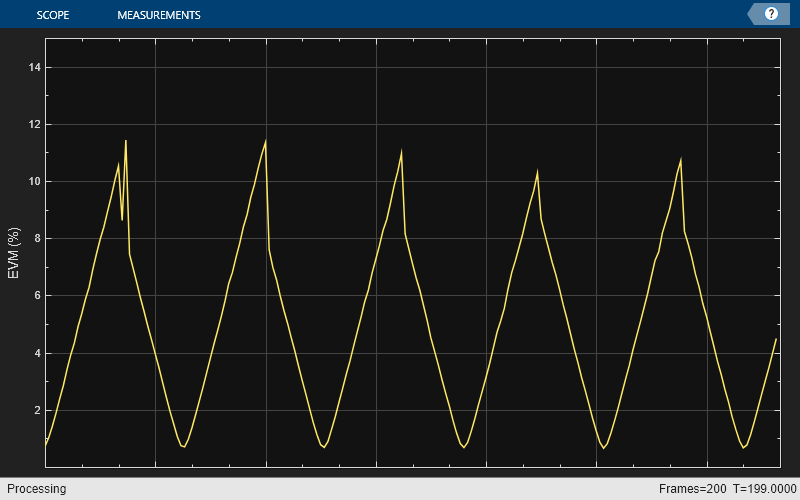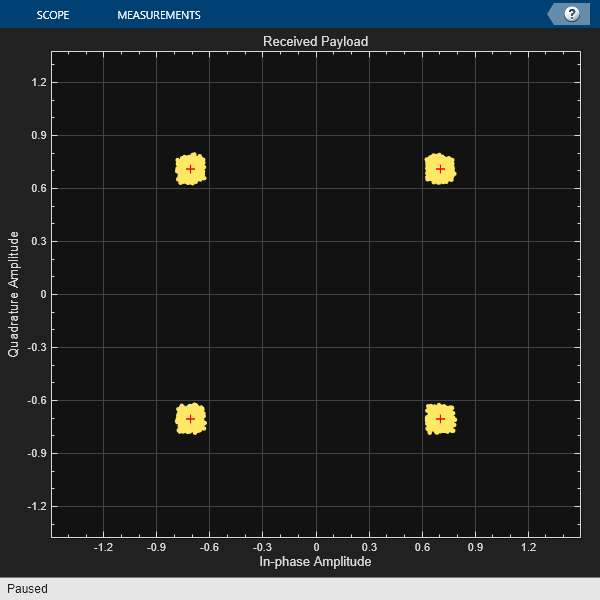comm.SampleRateOffset
Description
The comm.SampleRateOffset
System object™ applies a sample rate offset to the input signal. Applying a sample rate offset
is equivalent to changing the ADC clock rate.
To apply a sample rate offset to a signal:
Create the
comm.SampleRateOffsetobject and set its properties.Call the object with arguments, as if it were a function.
To learn more about how System objects work, see What Are System Objects?
Creation
Syntax
Properties
Usage
Syntax
Description
Input Arguments
Output Arguments
Object Functions
To use an object function, specify the
System object as the first input argument. For
example, to release system resources of a System object named obj, use
this syntax:
release(obj)
Examples
Extended Capabilities
Version History
Introduced in R2021b
See Also
Objects
comm.PhaseFrequencyOffset|comm.PhaseNoise|comm.ThermalNoise|comm.MemorylessNonlinearity|comm.SymbolSynchronizer



